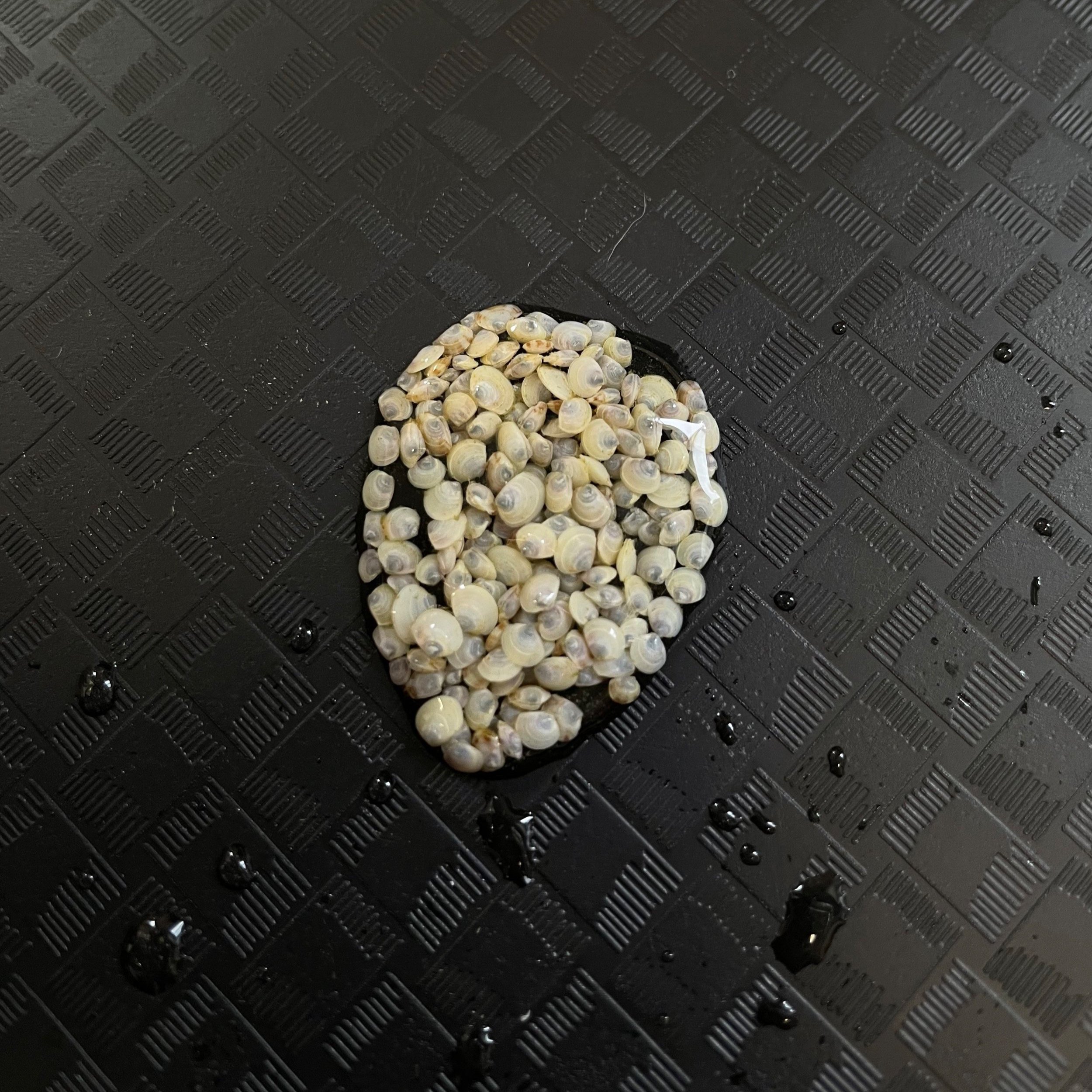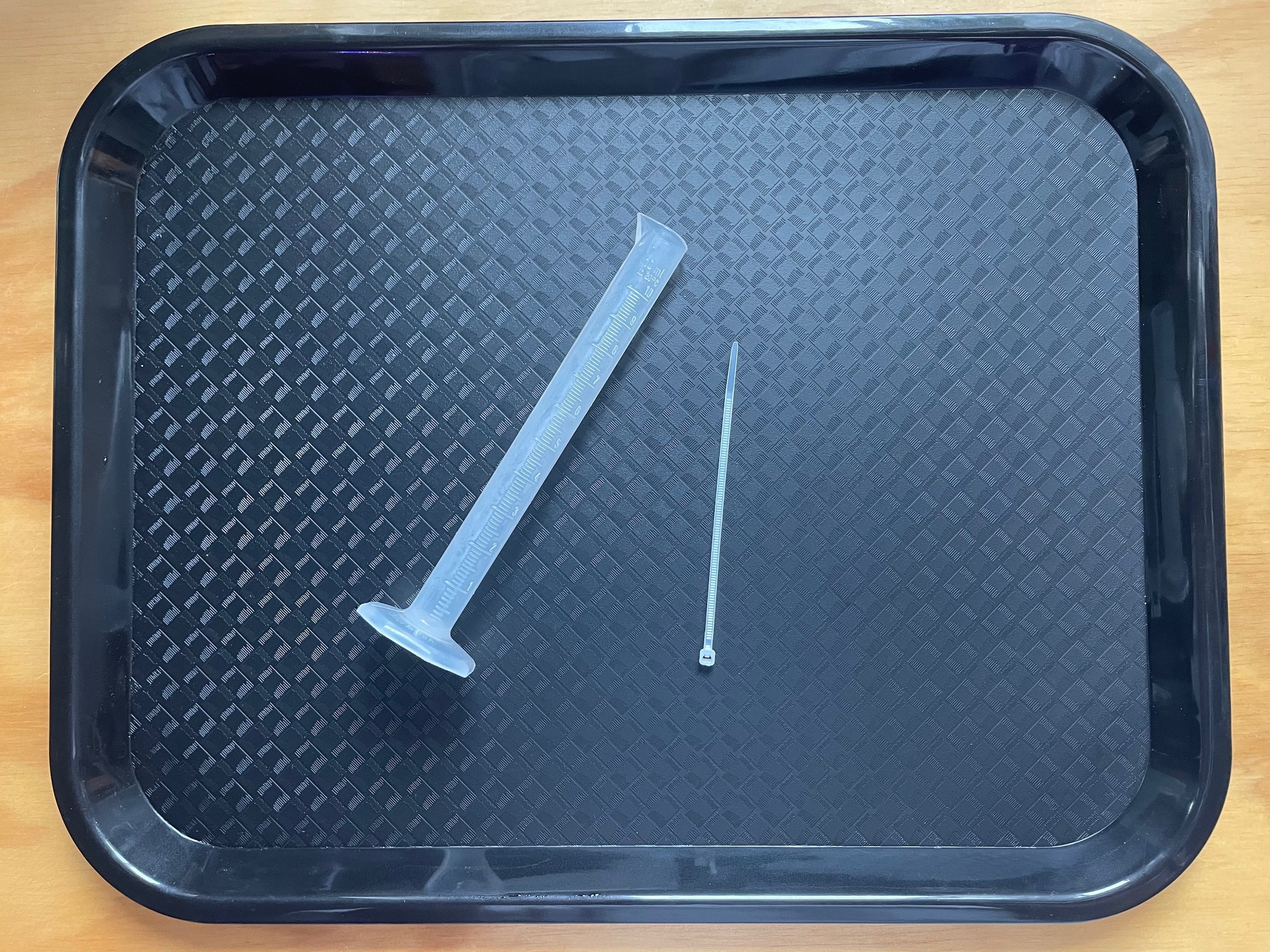Counting Millions of Shellfish!
Every drain down day the shellfish larvae are counted in order to get a rough estimate of how many larvae are in the hatchery. Because larvae are to small to accurately count with the naked eye, they need to be counted under the microscope!
All of the larvae are collected into a bucket which is sampled and split into several more buckets. When dealing with millions of larvae, splitting the buckets makes it more reasonable to count! The final bucket is then used as the sample for the counts. Before taking a sample from the buckets, the water is plunged to make sure all of the larvae are in suspension. Then, a 1mL sample is taken and placed onto a specialized counting slide. The slide is made up of small squares. To count, you begin at one corner of the slide and move up/down and across the slide, counting all the larvae you see. We use a hand-held counter to help keep track!
Three counts are taken and averaged together. Using this average, we can back calculate and estimate how many total larvae we have! This number is important to know so that we can properly distribute the larvae back into the tanks!
Post-set shellfish are also counted! Because these shellfish are visible with the naked eye, we can take a small sample and count them by hand! Counting post-set shellfish requires a tray, a small graduated cylinder, a zip tie, and a lot of patience! To count, a small sample is poured onto the tray and the zip tie is used to move the shellfish into groups of 10, 50, 100 …etc. in order to get a total count. Just like with the larvae, three samples are taken and counted in order to get an average. Once the average is known, a total volume can be taken and an estimated total can be calculated!






